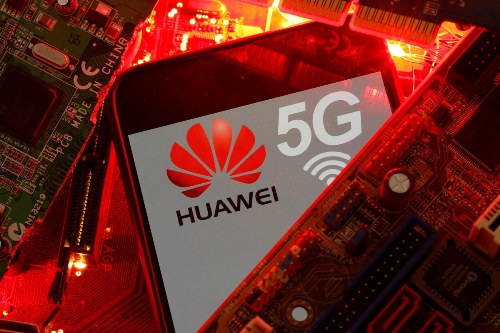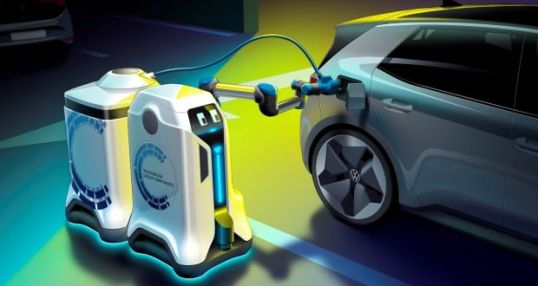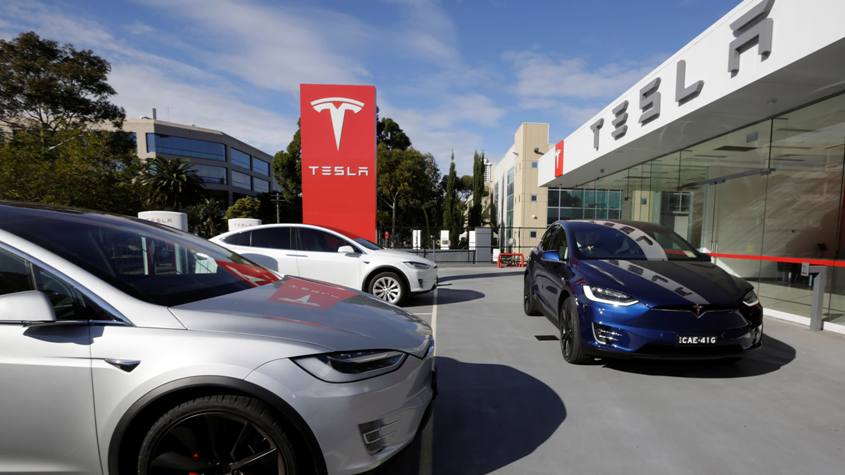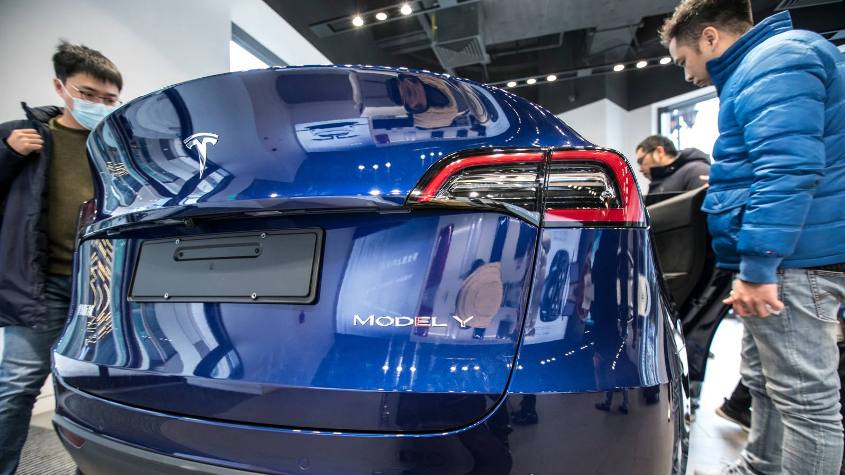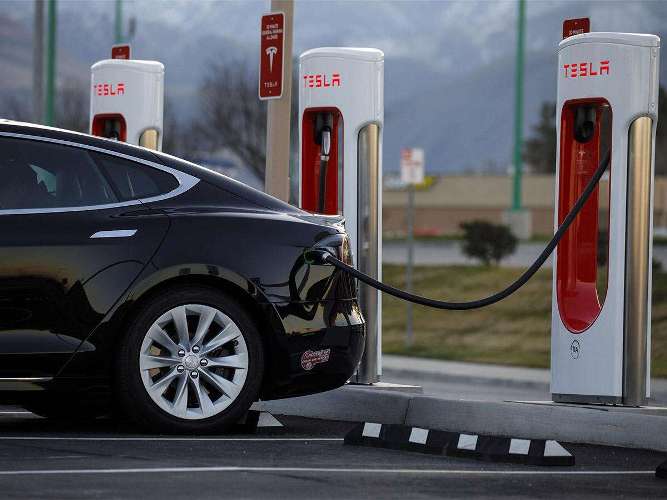
From BMW to Toyota : How are big carmakers approaching the EV transition?
"Jaguar Land Rover (JLR) announced a new business strategy headlined by a commitment to stop producing petrol and diesel vehicles under its Jaguar brand by 2025 and switch to electric-only models"
To say that it has been a busy week for electric vehicle (EV) news would be an understatement.
On Monday, Jaguar Land Rover (JLR) announced a new business strategy headlined by a commitment to stop producing petrol and diesel vehicles under its Jaguar brand by 2025 and switch to electric-only models. Given that Jaguar only produces one pure-electric model at present and outsources production, the commitment marks a major shift for the firm.
New plans for Land Rover, meanwhile, will see the brand stop producing ICE vehicles for sale in the UK by 2030, in line with the Government’s ban on new petrol and diesel cars. Global production will then stop by 2036.
Then, on Wednesday, Ford announced plans to only sell pure electric passenger cars in Europe from 2030. It will stop selling pure petrol and pure diesel by 2026, then work to phase out hybrids.
The news from Ford came on the same day that The Climate Group provided the second annual progress update on its EV100 initiative. The report revealed that 101 businesses have joined the commitment and that this cohort has rolled out 169,000 EVs to date, with more than half having hit the road in 2020. But it also highlighted a number of challenges around business EV integration, including concerns around charging infrastructure and a lack of suitable models – particularly in the heavy goods vehicle space.
With all of this in mind, edie looks at the commitments that some of the world’s biggest carmakers have made on transitioning their portfolios to EVs – from A to Z.
BMW
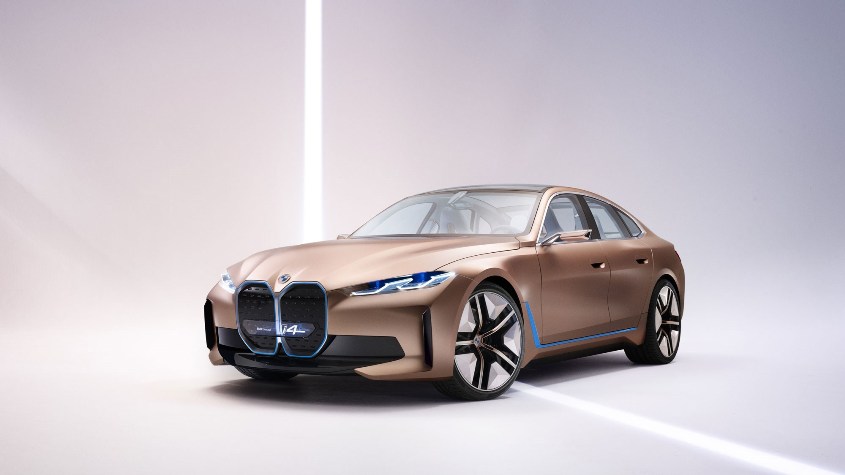
Summer 2020 saw BMW unveiling a new climate plan, including a commitment to cut emissions from vehicle use by one-third by the end of the decade.
To meet this target, BMW is aiming to have more than seven million EVs on roads by the end of the decade – two-thirds of them being pure-electric. It will launch five pure-electric vehicles by the end of 2021 and additional models in the coming years, resulting in a portfolio of 25 EV models by the end of 2023.
Ferrari
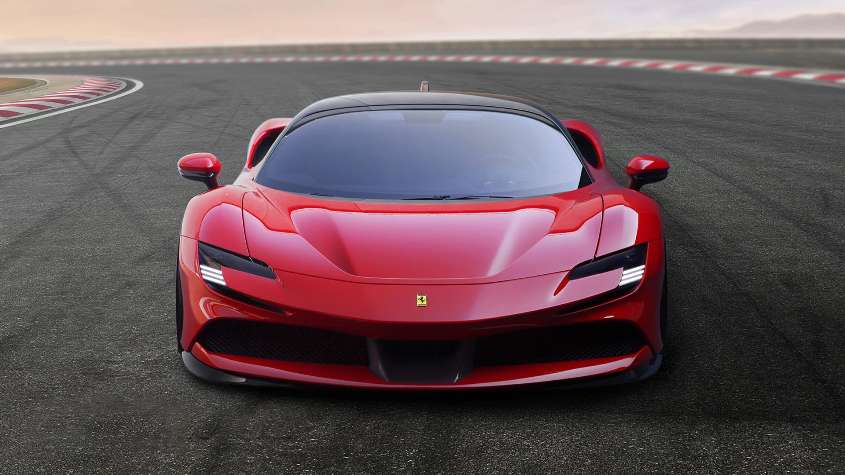
Ferrari is launching a new hybrid, the SF90 Stradale, in late 2021, after debuting its first hybrid in 2013.
But plans for Ferrari’s first pure electric vehicle are yet to be confirmed. Former chief executive Sergio Marchionne teased plans shortly before his death and current boss Louis Camilleri has continued to do so.
In an exclusive interview with Jalopnik late last year, Camilleri said the brand would not commit to full electrification within his lifetime.
Ford
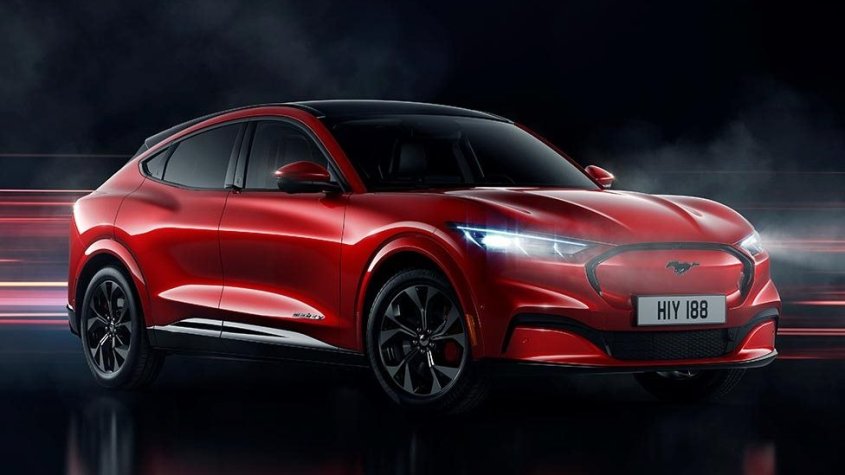
As mentioned in the introduction to this piece, Ford will only sell pure electric vehicles in Europe from 2030. Globally, it is expecting for pure EVs to account for two-thirds of sales by this point.
Ford has earmarked at least $22bn of investment, to be allocated through to 2025, to achieve this business model transition.
General Motors (GM)
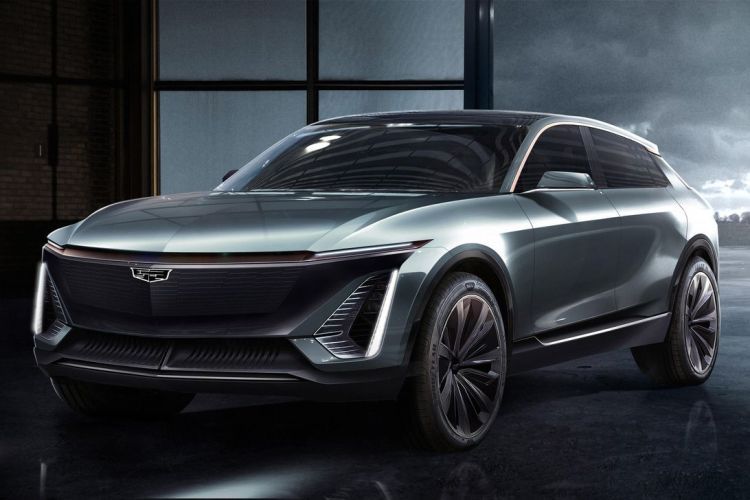
GM made headlines last month with a commitment to become carbon neutral in operations and products by 2040. The business owns Buick, Cadillac, Chevrolet, GMC and Wuling.
Emissions from products accounted for 75% of GM’s absolute carbon footprint in 2019. So, to meet the new long-term target, the firm is planning to offer will offer 30 all-electric models globally by 2030. It has been eyeing a fully electric portfolio since 2017.
GM has forecast that EVs will account for 40% of market entries in its largest market – the US – by the end of 2025.
Suzuki
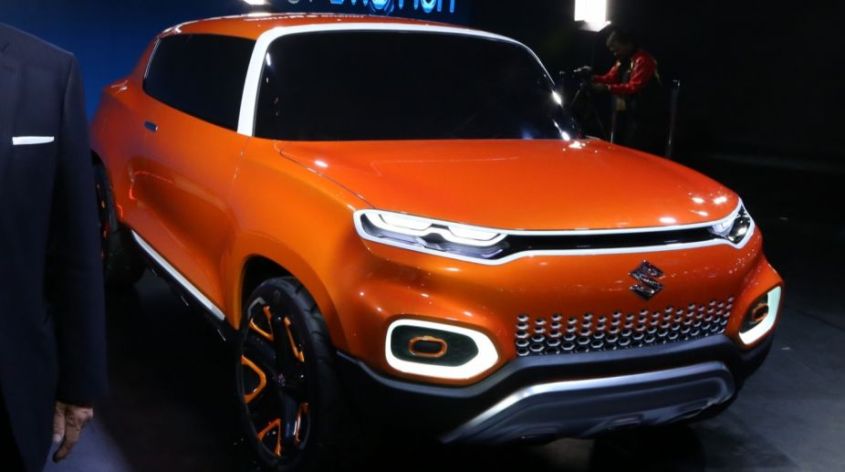
Suzuki does not yet offer any fully electric models and has not outlined a timeline for its plans to do so. Around one-fifth of the Japanese multinational’s annual sales are accounted for by hybrids. Building on this trend, it recently updated its hybrid Swift and Ignis models.
Tesla
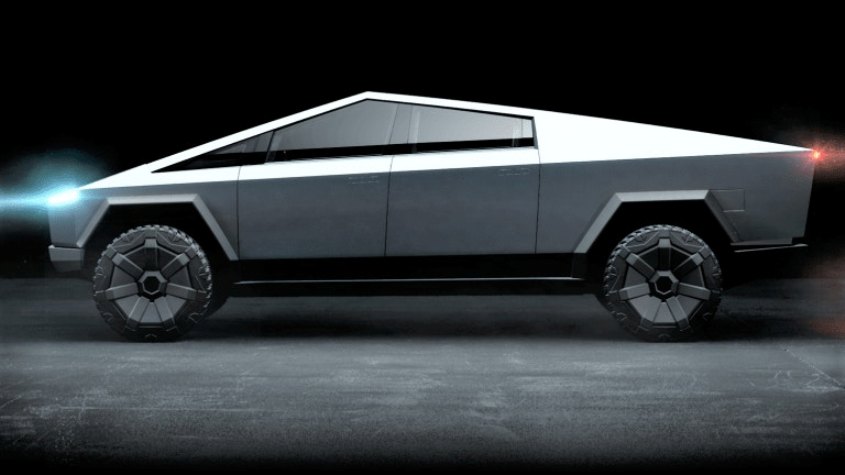
Tesla is the largest publicly traded automotive company in the world. It goes without saying that it only produces pure electric vehicles. Co-founder Martin Eberhard argued in 2006 that hybrids are “no more electric than a 1942 Jeep” and has maintained that stance.
For all its work to avoid in-use emissions, however, Tesla has been criticised for its wider environmental disclosures. The company scored badly in the World Benchmarking Alliance’s most recent auto industry index and it has only been producing sustainability reports since 2019.
Toyota
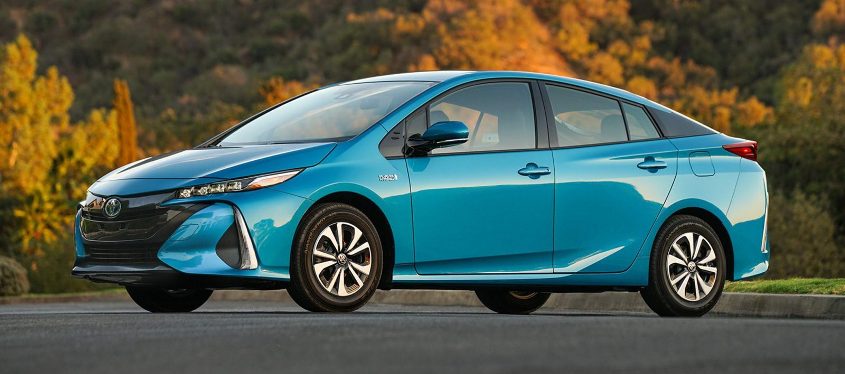
In 2015, Toyota unveiled a series of ambitious new environmental targets with an overall aim to eliminate the use of gasoline cars and cut average carbon emissions from all of its vehicles and products by more than 90% by 2050.
However, its EV plans hit a new challenge in 2020. The business had been planning to showcase new electric taxis, minibuses and buses at the Olympic Games in Tokyo, but the event was postponed due to Covid-19 and there are still uncertainties as to whether it will go ahead this year.
Toyota’s subsidiaries include Lexus, Dihatsu and Subaru.
Also Read :
'BLACK BOX’ INSIDE GENESIS GV80 SUV COULD REVEAL CAUSE OF TIGER WOODS CRASH
JEEP COMPASS PRICE IN NEPAL
HYUNDAI'S UPCOMING 7-SEATER PREMIUM SUV TO BE CALLED ALCAZAR
WITH ITS BOLD IONIQ 5 EV
SPOTIFY LAUNCHES IN NEPAL, BANGLADESH, PAKISTAN, AND SRI LANKA


